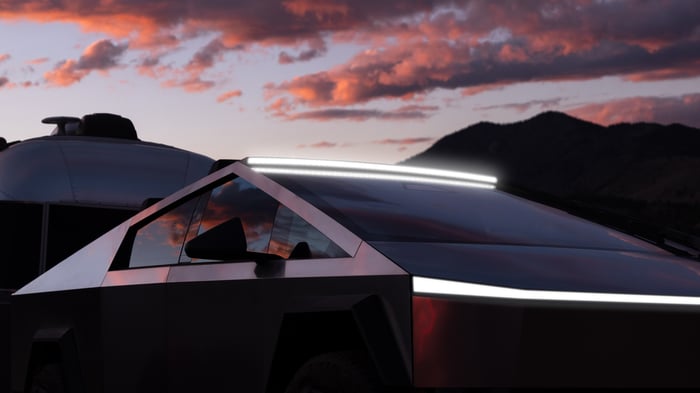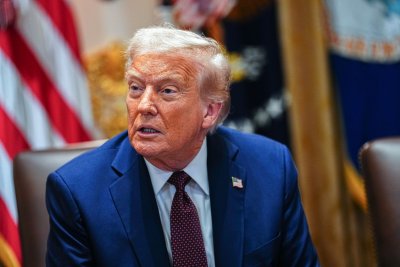Love Island’s India shows off ‘new face’ after getting ‘fat pocket’ removed
LOVE Island star India Reynolds has shown off her ‘new face’ after having fat pockets removed from her cheeks.
The TV beauty rose to fame as a finalist in the fifth series of the show before returning for the ITV2 show’s All Star edition earlier this year.
India has taken to social media this week to show off her latest facial procedure in order to gain a more defined look.
The star, once labelled as Love Island’s hottest contestant ever, underwent a tightening and uplifting skin treatment which helped to give her a more defined jawline along with a slimmer face.
She opted for a “High-Intensity Focused Ultrasound Therapy”, known for being “a minimally invasive procedure to rejuvenate and lift skin”.
India admitted her treatments could take up to 12 weeks to show clear results but she shared an initial before and after snap in which she revealed she was already very happy with the results.
Read More on India Reynolds
Alongside the snap, India said: “Here’s my before and after, results take up to 12 weeks but this was my immediate result which I’m thrilled with!”
She then added alongside an arrow to a part of her cheek: “This little fat pocket has already reduced.”
India will continue to document her facial procedures on her Instagram page.
Earlier this year, she made her return to TV after taking a backseat in the spotlight.
She signed up for All Stars but left after one week amid a failed connection with Scott Thomas.
However, India has since found love with someone new since her return to dating on TV.
Appearing on Olivia Attwood‘s So Wrong It’s Right podcast earlier this year, India revealed: “After I came out of this series, the All Stars in January, I was like ‘I need to get my act together’ because I haven’t dated anyone properly in ages, I’m getting older, I want to have kids… get a move on.
“I downloaded Hinge and thought this is going to be great for me and then they deleted my profile for impersonation, they thought it was a fake account.
“I had to redownload it and I had to send my passport and go through this whole palaver just to go on a first date with someone.”
She then shared her excitement of her blossoming new romance, saying: “But I finally got it back, went on a first date and the first guy I went on a date with was really nice.
Olivia then asked if she was still dating the mystery man and a smitten India confirmed they were an item.




